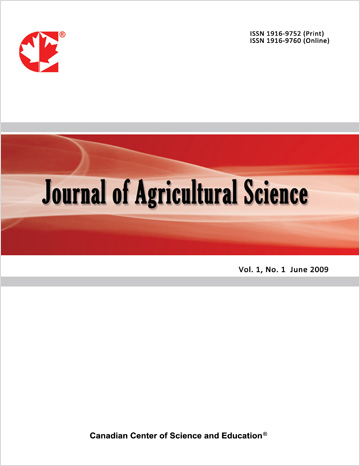Strategic Needs for Sustainable Livestock Breeding in MENA Region
- M’Naouer Djemali
Abstract
Livestock systems in the Middle East and North Africa (MENA) region are at a crossroads, challenged by climate stress, water scarcity, and fragmented development strategies. While the region has made significant investments in animal feeding infrastructure and animal health services, genetic improvement remains severely underutilized, despite its transformative potential for productivity and sustainability. This paper highlights the strategic need to reposition animal breeding as a central pillar of livestock development, particularly for small ruminants well-adapted to arid and semi-arid conditions. It argues for a shift from policies focused on flock or herd expansion to those that prioritize productivity improvement through selection, farmer empowerment, and value-added production systems. Through a structured, three-pronged approach, capacity building, formation of breed associations, and the establishment of a national livestock task force, the MENA region can close the productivity gap, enhance food security, and preserve its unique genetic resources. The paper draws on scientific evidence, practical examples, and institutional models (e.g., ANOC in Morocco) to propose a scalable roadmap for sustainable livestock improvement.
- Full Text:
 PDF
PDF
- DOI:10.5539/jas.v17n11p105
Journal Metrics
- h-index: 67
- i10-index: 839
- WJCI (2023): 0.884
- WJCI Impact Factor (2023): 0.196
Index
- AGRICOLA
- AGRIS
- BASE (Bielefeld Academic Search Engine)
- Berkeley Library
- CAB Abstracts
- ChronosHub
- CiteSeerx
- CNKI Scholar
- Copyright Clearance Center
- CrossRef
- DESY Publication Database
- DTU Library
- e-Library
- EBSCOhost
- EconPapers
- Elektronische Zeitschriftenbibliothek (EZB)
- EuroPub Database
- Excellence in Research for Australia (ERA)
- Google Scholar
- Harvard Library
- IDEAS
- iDiscover
- Jisc Library Hub Discover
- JournalTOCs
- KindCongress
- LIVIVO (ZB MED)
- LOCKSS
- Max Planck Institutes
- Mendeley
- MIAR
- Mir@bel
- NLM Catalog PubMed
- Norwegian Centre for Research Data (NSD)
- Open J-Gate
- OUCI
- PKP Open Archives Harvester
- Polska Bibliografia Naukowa
- Qualis/CAPES
- RefSeek
- RePEc
- ROAD
- ScienceOpen
- Scilit
- SCiNiTO
- Semantic Scholar
- SHERPA/RoMEO
- Southwest-German Union Catalogue
- Standard Periodical Directory
- Stanford Libraries
- SUDOC
- Swisscovery
- Technische Informationsbibliothek (TIB)
- Trove
- UCR Library
- Ulrich's
- UniCat
- Universe Digital Library
- WorldCat
- WRLC Catalog
- Zeitschriften Daten Bank (ZDB)
Contact
- Anne BrownEditorial Assistant
- jas@ccsenet.org
